Yorke
 The green team will now be called Yorke. The Yorke Peninsula is a peninsula located north-west and west of Adelaide between Spencer Gulf on the west and Gulf St Vincent on the east. The peninsula is separated from Kangaroo Island to the southeast by Investigator Strait.
The green team will now be called Yorke. The Yorke Peninsula is a peninsula located north-west and west of Adelaide between Spencer Gulf on the west and Gulf St Vincent on the east. The peninsula is separated from Kangaroo Island to the southeast by Investigator Strait.
Yorke Peninsula is named by Captain Matthew Flinders, R.N., after the Right Honourable Charles Philip Yorke (1764-1834), narrowly beating French navigator Captain Nicolas Baudin (who preferred the name ‘Cambaceres Peninsula’). Before white settlement around 1840, Yorke Peninsula was the home to the Narungga people. Today the descendants of these people still live on Yorke Peninsula.
Principal towns include the Copper Triangle towns of Kadina, Moonta and Wallaroo; farming centres of Maitland, Minlaton and Yorketown; and the port of Ardrossan. The south-western tip is occupied by Innes National Park.
Yorke Peninsula is a major producer of grain, particularly barley. Historically this has been sent out by sea because there are no rail services. Most coastal towns on the peninsula have substantial jetties. In the past these were used by ketches, schooners, and later steamships, to collect the grain in bags, and deliver fertiliser and other supplies.
Eyre
 The yellow team will now be called Eyre. Eyre Peninsula is a triangular peninsula in South Australia. It is bounded on the east by Spencer Gulf, the west by the Great Australian Bight, and the north by the Gawler Ranges.
The yellow team will now be called Eyre. Eyre Peninsula is a triangular peninsula in South Australia. It is bounded on the east by Spencer Gulf, the west by the Great Australian Bight, and the north by the Gawler Ranges.
It is named after explorer Edward John Eyre who explored some of it in 1839-1841. The coastline was first explored by Matthew Flinders in 1801-1802. The west coast was also visited by Nicolas Baudin at around the same time.
Aboriginal people have populated the Eyre Peninsula for many thousands of years, from the desert dwellers in the far west to the coastal inhabitants. The local Aboriginal population continues to make a substantial contribution to the Eyre Peninsula communities; this includes business, land management, arts, sport and cultural activities.
The main towns are Port Lincoln on the southern point, Whyalla and Port Augusta at the north east, and Ceduna at the northwest. National Parks located on the Eyre Peninsula include Lincoln National Park, Coffin Bay National Park, and Gawler Ranges National Park.
The major industry is farming – cereal crops, sheep, and cattle in the drier north and more water-intensive activities such as dairy farming and a growing wine industry in the south. Many coastal towns have commercial fishing, in particular Port Lincoln, had a large tuna-fishing fleet, which is gradually being converted to fish farming in bays along the coast.
Flinders
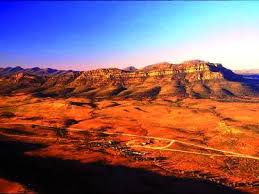 The red team will now be called Finders. The Flinders Ranges are largely composed of folded and faulted sediments of the Adelaide Geosyncline. Since this time the area has undergone erosion resulting in the relatively low ranges today. The Ranges are particularly renowned for the discovery of some of the oldest fossil evidence of animal life. Since then similar fossils have been found in many other parts of the ranges.
The red team will now be called Finders. The Flinders Ranges are largely composed of folded and faulted sediments of the Adelaide Geosyncline. Since this time the area has undergone erosion resulting in the relatively low ranges today. The Ranges are particularly renowned for the discovery of some of the oldest fossil evidence of animal life. Since then similar fossils have been found in many other parts of the ranges.
The first humans to inhabit the Flinders Ranges were the Adnyamathanha people (meaning ‘hill people’ or ‘rock people’) whose descendants still reside in the area. Cave paintings, rock engravings and other artifacts indicate that the Adnyamathana people have lived in the Flinders Ranges for tens of thousands of years.
The first European explorers to the region were an exploration party from Matthew Flinders seagoing visit to upper Spencer Gulf aboard The Investigator. They climbed Mount Brown in March 1802. In the winter of 1839 Edward John Eyre, together with a group of five men, two drays and ten horses, further explored the region.
Murray
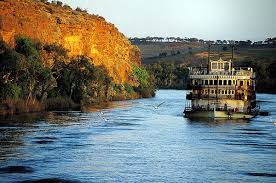 The blue team will now be called Murray. The Murray River is Australia’s longest river. At 2,375 kilometres in length, the Murray rises in the Australian Alps, draining the western side of Australia’s highest mountains and, for most of its length, meanders across Australia’s inland plains, forming the border between New South Wales and Victoria as it flows to the northwest, before turning south for its final 500 kilometres or so into South Australia. Here the waters of the Murray flow through several including Lake Alexandrina and The Coorong before emptying through the Murray Mouth into the Southern Ocean, near Goolwa.
The blue team will now be called Murray. The Murray River is Australia’s longest river. At 2,375 kilometres in length, the Murray rises in the Australian Alps, draining the western side of Australia’s highest mountains and, for most of its length, meanders across Australia’s inland plains, forming the border between New South Wales and Victoria as it flows to the northwest, before turning south for its final 500 kilometres or so into South Australia. Here the waters of the Murray flow through several including Lake Alexandrina and The Coorong before emptying through the Murray Mouth into the Southern Ocean, near Goolwa.
The first Europeans to explore the river were Hamilton Hume and William Hovell, who crossed the river where Albury now stands in 1824: Hume named it the Hume River after his father. In 1830 Captain Charles Sturt reached the river after travelling down its tributary the Murrumbidgee River and named it the Murray River in honour of the then British Secretary of State for War and the Colonies Sir George Murray, not realising it was the same river that Hume and Hovell had encountered further upstream.
From millennia Aboriginal people have relied on the river’s abundance. The many various groups included Ingalta, Moorundie, Goodwarra, Parrian-kaperre, Tongwillum, and Yoorlooarra. In the Riverland, the Ngarrindjeri people lived on and along the lands around the Murray and the Coorong and are, today, South Australia’s largest Aboriginal community.

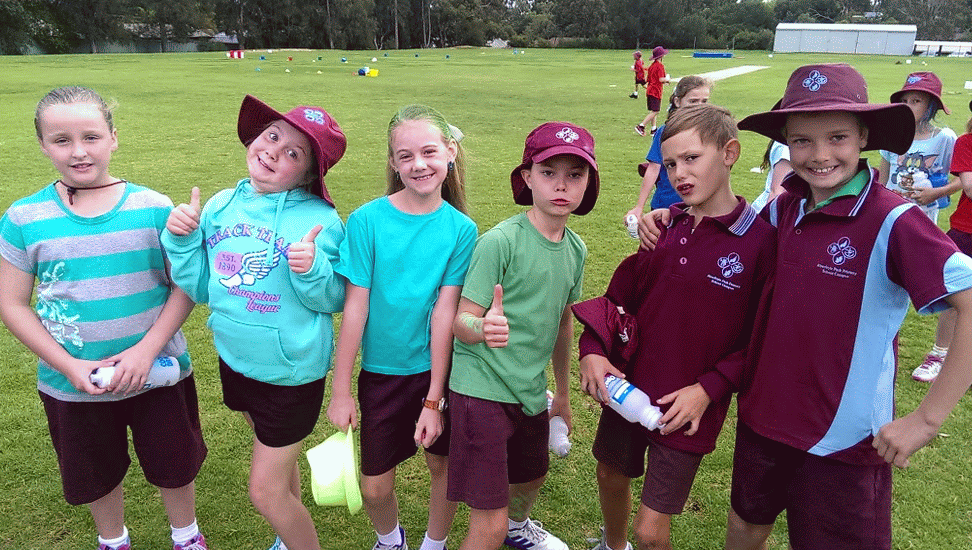
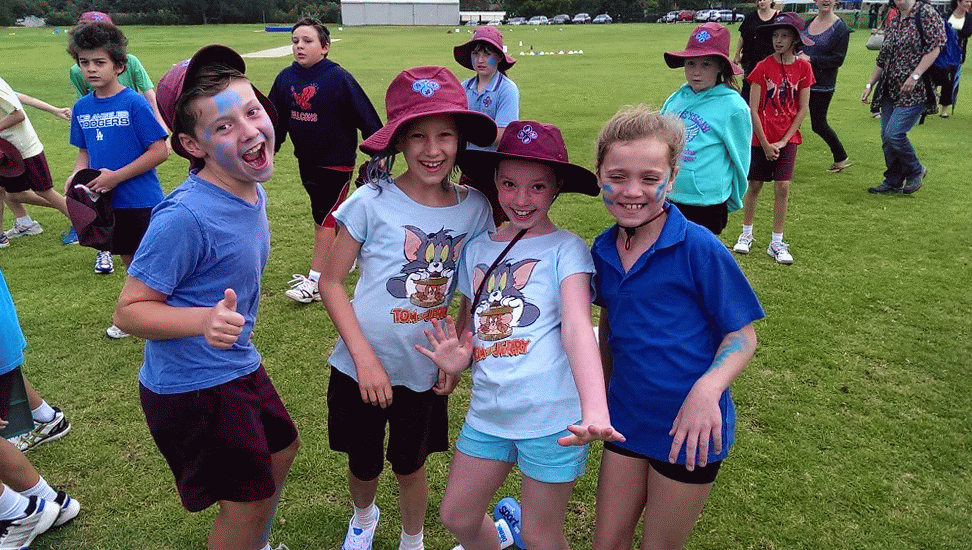
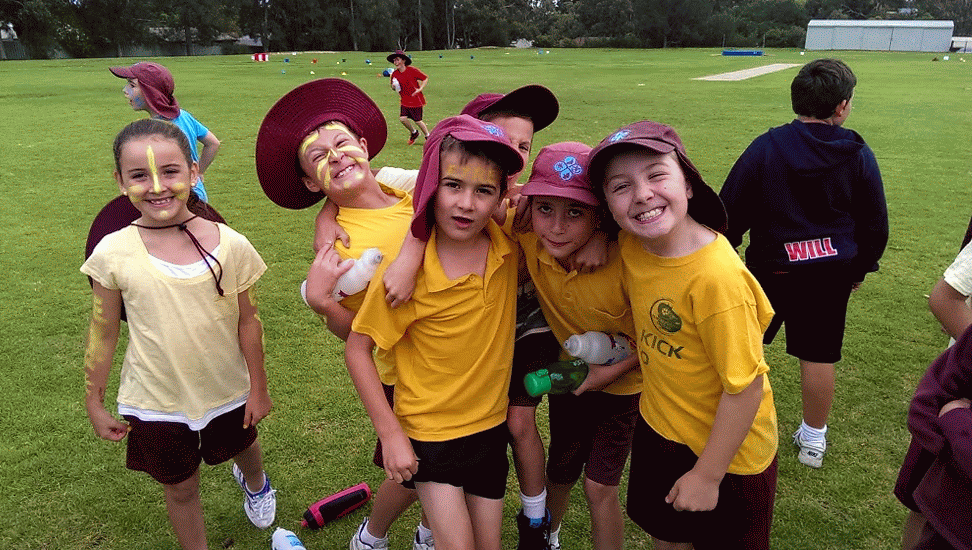
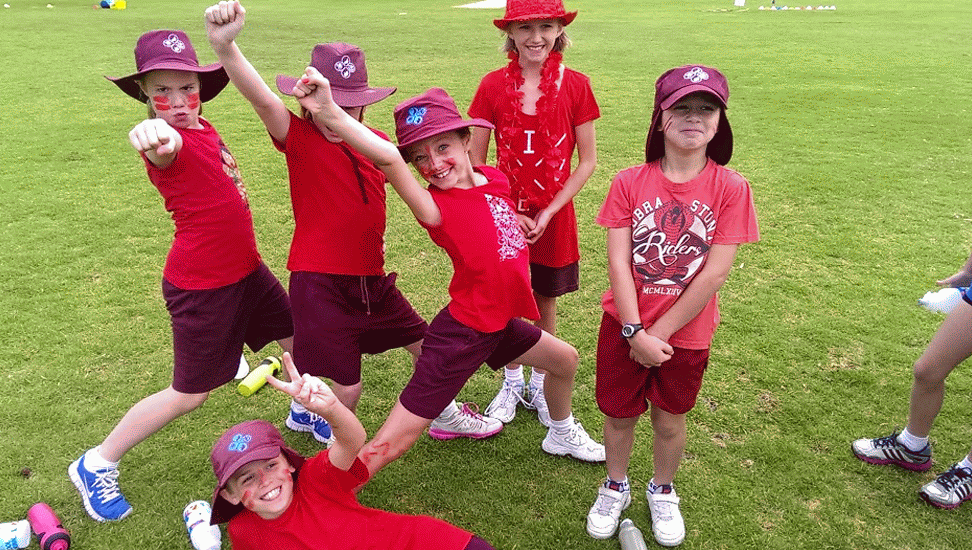

Recent Comments